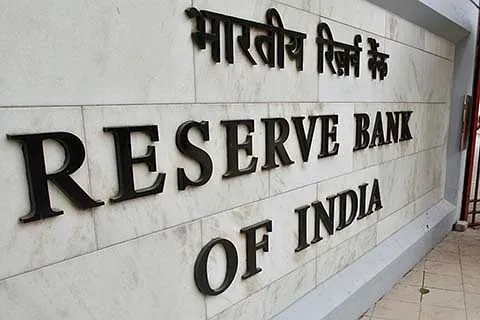Of late, particularly since 2108, country’s bankingregulator Reserve Bank of India (RBI) has realized the need to advertise.Usually, the precedence was that the RBI would ask banks to run its awarenesscampaigns regarding customer rights etc. and also to highlight variousfacilities designed by the central bank for masses to be extended by the banks.Now, this is perhaps for the first time that the apex bank is running its ownadvertising (ad) campaigns directly.
The beauty of this unprecedented direct ad campaign is thatcricketers like K L Rahul and Umesh Yadav, who incidentally are the RBIemployees, are featuring in the ad campaigns. The campaign RBI Kehta Hai …Jaankar Baniye, Satark Rahiye! is convincing and impactful. The ad content isdirect, uncluttered, upfront and very informative for general masses.
One of the ads guiding masses about lodging complaintsagainst banks directly with the RBI is something to watch. The ad content islucidly loaded with cricket language like google and third umpire. Forexample: “Is your banking complaintunresolved?” asks the RBI. Well, you can “approach the RBI’s banking ombudsman,the third umpire in banking”. The ad actually explains that the BankingOmbudsman Scheme is a cost-and-hassle-free way to resolve banking plaints.
Banking Ombudsman Scheme is a very little known scheme amongmasses, which otherwise is a meaningful way of getting the banking complaintsresolved. Very recently, the Reserve Bank of India (RBI) introduced Ombudsmanscheme for digital transactions to expedite the process of complaintresolution. Now complaints like unauthorised electronic funds transfer,customer’s inability to transfer the funds to bank account, not loading fundsinto the wallet within a reasonable period of time, failure to effect onlinepayment or fund transfer, failure to refund your money in case of a failedtransaction, and not implementing stop-payment instructions within thespecified time-frame can be filed with this Ombudsman for resolution.
In an era of digital ecosystem where volume of electronictransactions is witnessing unprecedented rise, mounting complaints is achallenging task for the banks. Digital payment channels like mobile banking,e-banking, credit & debit cards, point of sale machines, electronic fundstransfer through National Electronic Fund Transfer (NEFT) & Real Time GrossSettlement (RTGS) etc. are fast becoming preferred mode of payment transactions.
Even as technology has considerably reduced human errorthrough wireless mode of transactions, it has at the same time given rise to anew breed of fraudsters who misuse the same technology to steal identity aswell as funds of people. This scenario has led to disputes between the banksand the customers. This ultimately leads to customer complaints. Sincecustomers want quick resolution of their complaints, any delay on part of thebank leaves them aggrieved.
To address to the issues of aggrieved customers, the RBI hasnow gone a step ahead making it easier for customers to lodge complaintsagainst banks in real time. The central banks has launched a new “ComplaintManagement System (CMS)” website where anyone can complain against any ofthe entities regulated by RBI.
With the launch of CMS, the processing of complaintsreceived in the offices of Banking Ombudsman and Consumer Education andProtection Cells of RBI has been digitalized. This would indeed be a shot inthe arm to improve customer experience in grievance redressal process byensuring timely resolution of complaints.
The new system also improves transparency by keeping thecomplainants informed through auto-generated acknowledgements and enabling themto track the status of their complaints and file appeals online against thedecisions of the ombudsmen, where applicable.
Keeping the convenience of the customers in mind, CMS hasbeen designed to enable on-line filing of complaints.
The CMS also has facilities for RBI officials handling the complaintsto track the progress of redressal.
To conclude, the renewed initiative of the RBI to extend itsanother grievance redressal arm in the shape of CMS will go a long way toinfuse a new dose of confidence among the customers in the country’s system ofbanking. Besides, alerting and making the bank customers aware about theirrights and safe banking practices can prove an effective guard against therisks of mis-selling and frauds. Now, people have to remain responsive to theRBI’s customer-centric regulatory initiatives for the safety of their own hardearned money.
(The views are of the author and not that of the institutionhe works for)






